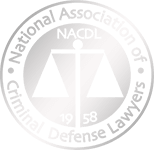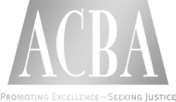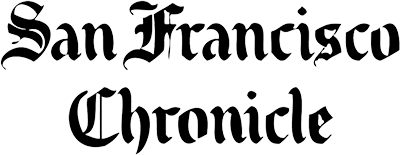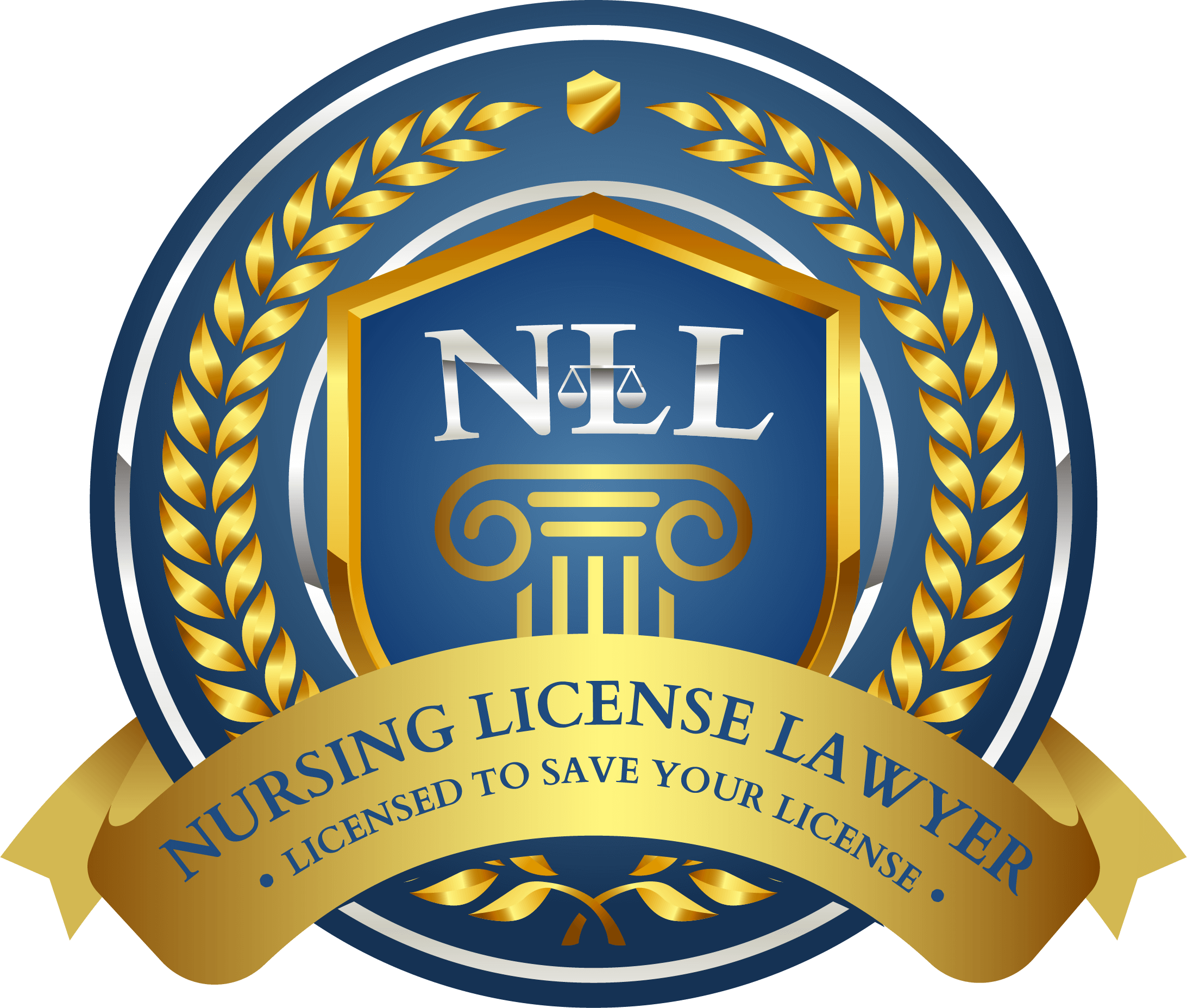In the intricate tapestry of healthcare, there exists a thread that weaves through every patient encounter, every diagnosis, and every treatment plan—an imperceptible thread that, when properly nurtured, has the power to safeguard both patient and practitioner. This unassuming yet indispensable element is proper documentation, a cornerstone of healthcare practice that underpins the delivery of quality care and the protection of all involved.
In this intricate landscape, nurses stand as sentinels of patient well-being and the integrity of healthcare processes. Their role is multifaceted, encompassing not only compassionate caregiving but also the meticulous maintenance of accurate and comprehensive medical records. These records, often a silent testimony to the care rendered, become the lifelines that guide treatment decisions, support continuity of care, and preserve the memory of each patient’s healthcare journey.
This article embarks on a journey of exploration, one that traverses the corridors of healthcare documentation, with a particular focus on the role of nurses and the legal implications of lapses in documentation. We delve into the profound importance of proper documentation in healthcare, recognizing it as both a tool for quality care delivery and a shield against potential legal challenges. In the pages that follow, we illuminate the path where patient safety, professional accountability, and legal compliance intersect—a path where the vigilance of nurses in maintaining accurate records becomes a paramount imperative. Join us as we navigate the intricate terrain of healthcare documentation, understanding its significance, appreciating its complexities, and appreciating the profound impact it holds for nurses and patients alike.

The Crucial Role of Medical Records in Healthcare
In the intricate world of healthcare, where patient well-being, treatment decisions, and legal considerations intersect, one element stands as the linchpin holding the entire structure together—medical records. These seemingly unassuming documents are, in reality, the lifeblood of the healthcare ecosystem. They play a role that extends far beyond mere paperwork; they are the guardians of patient history, the compass for treatment, and the shield against legal complexities. Here, we delve into the fundamental importance of medical records in healthcare settings, illuminating how they serve as the backbone of patient care, treatment decisions, and legal considerations.
The Comprehensive Chronicle of Patient History:
- At the core of any healthcare interaction lies the patient’s medical history. Medical records meticulously document this history, offering a comprehensive timeline of a patient’s health journey.
- These records capture not only the patient’s current condition but also their past illnesses, surgeries, medications, allergies, and family medical history—all crucial factors in understanding and providing effective care.
Guiding Treatment Decisions:
- Medical records are the compass that guides healthcare providers in making informed treatment decisions. They provide a roadmap, ensuring that care is tailored to the patient’s unique needs and medical history.
- Healthcare professionals rely on these records to determine the most appropriate diagnostic tests, medications, and treatment plans, minimizing guesswork and enhancing the accuracy of care.
Supporting Continuity of Care:
- As patients move through different healthcare settings and encounter various providers, the consistency and continuity of care become paramount.
- Medical records serve as a bridge, allowing healthcare teams to seamlessly exchange information and ensure that care transitions are smooth and safe.
Legal Considerations and Accountability:
- Beyond their clinical utility, medical records hold immense legal significance. They document the standard of care provided to the patient, ensuring transparency and accountability.
- In the event of legal disputes or malpractice claims, these records serve as crucial evidence, offering an objective account of the patient’s condition, treatments, and responses.
Enhanced Patient Safety:
- Accurate and up-to-date medical records enhance patient safety by reducing the risk of nursing documentation errors, such as medication interactions or incorrect dosages
- These records also facilitate clear communication among healthcare providers, ensuring that everyone involved in a patient’s care has access to essential information.
Streamlining Administrative Processes:
- Medical records streamline administrative tasks, such as billing, insurance claims, and compliance with regulatory requirements.
- Efficient record-keeping supports the financial viability of healthcare institutions and allows providers to focus on delivering care.

Common Errors and Pitfalls in Nursing Documentation in California
Accurate and thorough nursing documentation is not just a best practice—it’s a legal and ethical obligation. In the state of California, nurses play a pivotal role in maintaining meticulous medical records. However, despite their best intentions, common documentation errors and pitfalls can occasionally mar the documentation process. Let’s explore some of the most frequent missteps made by nurses in medical record documentation and an electronic health record. Discuss the issues that can arise in California and beyond.
Illegible Handwriting:
- Illegible handwriting remains a perennial challenge in healthcare documentation. Nurses who rush or fail to write clearly can lead to misinterpretation of critical information.
- In California, as elsewhere, this issue can delay patient care, compromise safety, and create legal vulnerabilities.
Lack of Detail:
- Succinctness is essential in documentation, but omitting crucial details can hinder the comprehensive understanding of a patient’s condition and care.
- Nurses in California must strive for a balance between brevity and completeness, ensuring that significant information is not overlooked.
Missing Entries:
- Gaps in documentation can be particularly problematic. Nurses may unintentionally omit entries, leaving significant lapses in a patient’s medical history.
- In California, incomplete records can raise questions about the quality of care and adherence to legal standards.
Copy-Paste Function Misuse in EHRs:
- The advent of electronic health records (EHRs) brought efficiency to documentation, but it also introduced new challenges. The copy-paste function can lead to inaccuracies if used carelessly.
- In California, nurses must exercise caution when copying and pasting information, ensuring that it remains relevant and accurate for each patient encounter.
Failure to Record Changes in Condition:
- Changes in a patient’s condition, whether improvements or deteriorations, must be documented promptly and accurately.
- Neglecting to document such changes can have serious consequences, especially in legal matters where a lack of documentation may imply negligence.
Lack of Timeliness:
- Timeliness in documentation is vital to ensure that records reflect real-time information. Delays in documentation can lead to inconsistencies and inaccuracies.
- In California, nurses are advised to make contemporaneous notes and to promptly document care provided.
Noncompliance with Legal and Ethical Standards:
- Failure to adhere to California’s legal and ethical standards for nursing documentation can have severe consequences. This includes noncompliance with state and federal regulations, as well as violations of the Nursing Practice Act.
- Nurses should stay informed about their legal obligations and strive for adherence in all documentation practices.

Strategies for Proper Documentation
Accurate and comprehensive nursing documentation is not only a professional responsibility but also a critical element in ensuring patient safety and legal compliance. To enhance their documentation practices, nurses should consider the following practical strategies and recommendations:
Prioritize Accuracy:
- Accuracy is paramount in nursing documentation. Ensure that all information entered is precise, including vital signs, medications, and patient assessments.
- Double-check calculations and verify the correctness of recorded data.
Use Clear and Legible Handwriting:
- Illegible handwriting can lead to misunderstandings and potential documentation errors. Write neatly and legibly to ensure that others can read and interpret your notes.
- If your handwriting is consistently challenging to read, consider using electronic health records (EHRs) or typing for documentation.
Document in Real-Time:
- Aim to document care and assessments as close to the time of the event as possible. Timely documentation ensures that records accurately reflect the patient’s condition and the care provided.
- Avoid the temptation to rely solely on memory for documentation.
Maintain Thoroughness:
- Provide a comprehensive account of patient care, assessments, and interventions. Avoid superficial or vague descriptions.
- Document not only what was done but also the patient’s response and any changes in their condition.
Avoid Copy-Paste Pitfalls:
- When using EHRs, be cautious with the copy-paste function. Only copy and paste information that remains relevant and accurate for the current patient encounter.
- Review and edit copied information to ensure it applies to the specific situation.
Include Patient Responses:
- Document the patient’s response to interventions and treatments. Describe any signs or symptoms they report.
- This information is crucial for assessing the effectiveness of care and making appropriate adjustments.
Use Standardized Terminology:
- Utilize standardized nursing terminology and terminology sets to maintain consistency in documentation.
- Adhering to recognized standards improves communication among healthcare professionals.
Chart Objectively:
- Objective documentation focuses on facts and avoids subjective interpretations or opinions. Stick to observable data and avoid making judgments or assumptions.
- Be specific in describing patient conditions, behaviors, and responses.
Address Changes in Condition:
- Promptly document any changes in the patient’s condition, whether improvements or deteriorations. Ensure that other healthcare providers are aware of these changes.
- Highlight actions taken in response to changes in condition.
Proofread and Review:
- Take a moment to review your documentation before finalizing it. Check for documentation errors, inconsistencies, or missing information.
- If possible, have a colleague review your documentation for accuracy.
Stay Informed:
- Stay up-to-date on nursing practice standards, legal requirements, and facility-specific documentation policies.
- Attend training sessions and continuing education to enhance your documentation skills.
Seek Clarification if Needed:
- If you are uncertain about any aspect of documentation or need clarification, don’t hesitate to consult with a more experienced colleague or your nursing supervisor.
- It’s better to seek guidance than to guess.

Strategies for Protecting Nurses in Cases of Improper Documentation
Navigating allegations of improper documentation in medical records can be challenging, but there are strategies that nurses in California can employ to protect their legal and professional interests.
Consult Legal Counsel: Seek the guidance of experienced healthcare attorneys who specialize in nursing and medical malpractice cases. Legal professionals can provide valuable advice and representation.
Maintain Open Communication: Effective communication with your legal team is essential. Provide them with all relevant information and documentation to build a strong defense. Discuss the specifics of the case, including any mitigating factors or explanations for the alleged improper documentation.
Documentation Review: Collaborate with your legal counsel to review the medical ectronic records in question. Identify areas where documentation may have been deficient and develop a strategy to address them.
Expert Witnesses: In some cases, expert witnesses may be necessary to provide testimony regarding the standard of care and the appropriateness of the documentation. Work with your legal team to identify and retain qualified expert witnesses if needed.
Adherence to Protocols: Demonstrate a commitment to adhering to established documentation protocols and best practices moving forward. Implement any necessary improvements in your documentation practices to mitigate future risks.
Legal Proceedings: If legal proceedings ensue, collaborate closely with your legal team throughout the process. Follow their guidance regarding court appearances, depositions, and negotiations.

Conclusion
In California, nurses are dedicated professionals committed to providing high-quality care to their patients. However, when faced with allegations of improper documentation in medical records, it is essential to protect their legal and professional interests. At our law firm, we understand the complexities of nursing practice and the legal challenges that may arise.
Our team is dedicated to assisting nurses in California in navigating these challenges, ensuring that their rights are protected, and their professional reputation is preserved. If you are a nurse facing legal issues related to improper documentation, do not hesitate to reach out for a confidential consultation. Your legal and professional well-being is our top priority.










